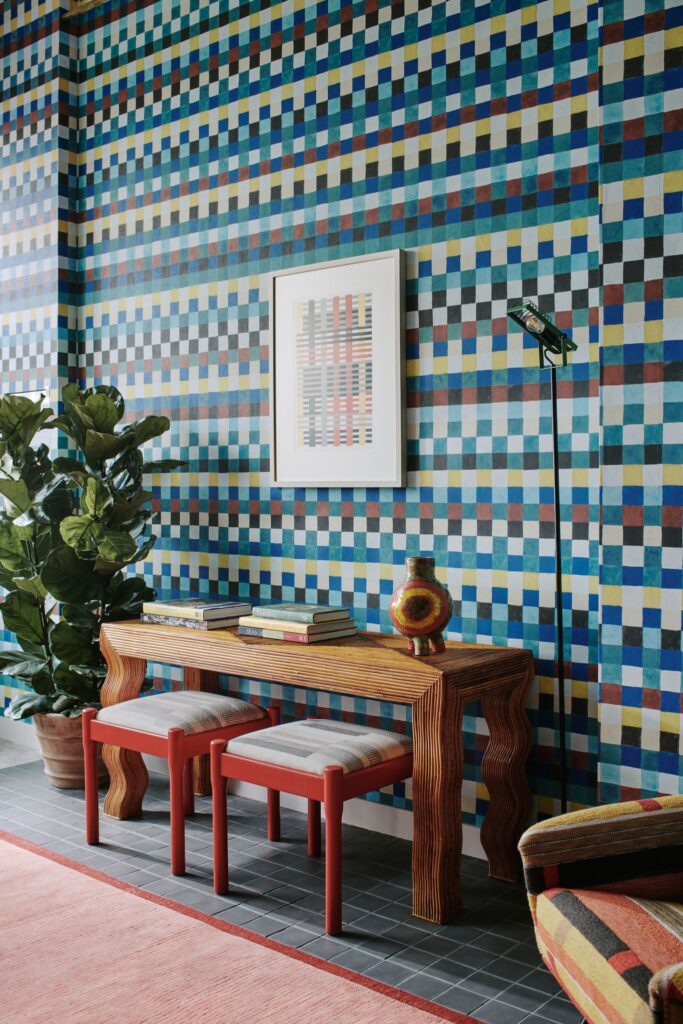The legacy of fiber artist Anni Albers is celebrated in a new collection from Christopher Farr CLOTH.
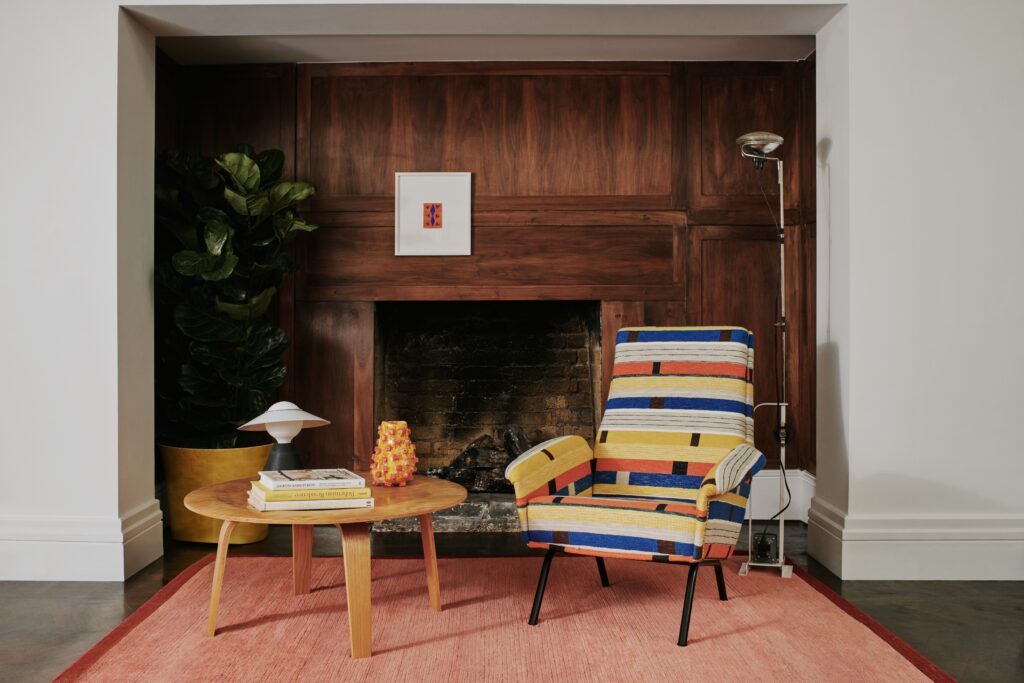
Christopher Farr CLOTH, founded twenty years ago by Christopher Farr, Matthew Bourne and Michal Silver, builds on the legacy of Christopher Farr RUGS with its commitment to time-honored textile production processes, an intellectual yet playful approach to design and experimentation, and innovative collaborations with renowned artists and designers around the world as well as inspiration drawn from past archival work by innovative 20th century artists.
These influences have ranged from industrial product designer Tord Boontje to hotelier and interior designer Kit Kemp, French Fauvist painter Raoul Dufy, and Spanish artist Javier Mariscal. Now, they’ve looked to the work of pioneering German textile artist, Anni Albers, for their latest collection in partnership with “We’re always looking for an original voice and one that has something that connects to our design ethos,” says Michal Silver.
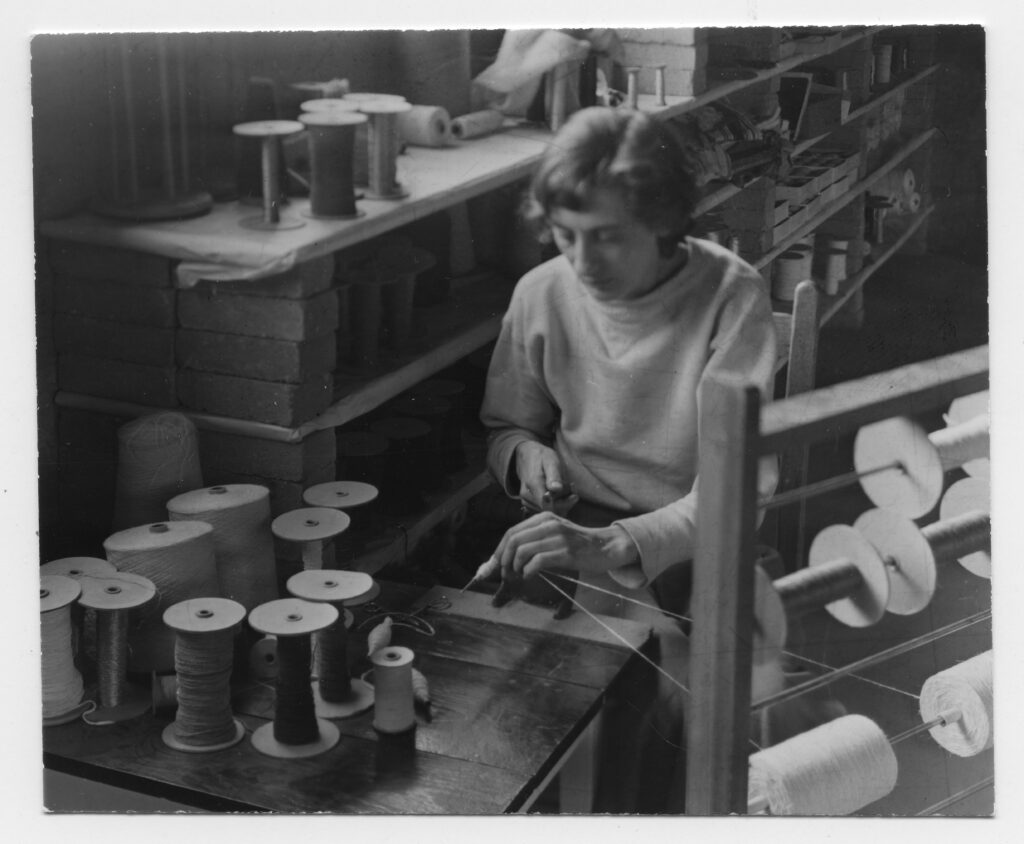
Anni Albers, in tandem with her artist husband, Josef, was a lifelong artistic adventurer and among the leading pioneers of twentieth-century modernism. While Albers had stumbled into weaving by accident — female students at the Bauhaus, the trailblazing art school in Weimar, Germany, were steered towards the more conventionally womanly arts — she quickly mastered the medium, becoming one of the great textile artists of the 20th century. Her work moves beyond craft and into the realm of abstract art, embodying the tenets of the Bauhaus movement by succinctly marrying function with beauty. Her influences ranged from abstract artist Paul Klee, one of her teachers, to the traditional techniques of Peru and Mexico, and she often composed right on the loom, breaking with accepted practices. The resulting textiles are an energetic cacophony of lines, rectangles and squares.
“Whenever we work with archival collections it’s a very humbling experience, because we are there to bring take the work and introduce it to a new audience,” says Silver. “It seems easy but you’re looking for what is relevant and what is feasible while keeping alive the spirit of the original textiles.” To complicate the issue, Albers life spanned almost the entirety of the 20th century. But, working in partnership with the Josef and Anni Albers Foundation, which oversees the preservation of the Albers’ legacy and the aesthetic and philosophical principles by which they lived, they were able to narrow down her vast body to create a collection that embodied her bold, experimental approach.
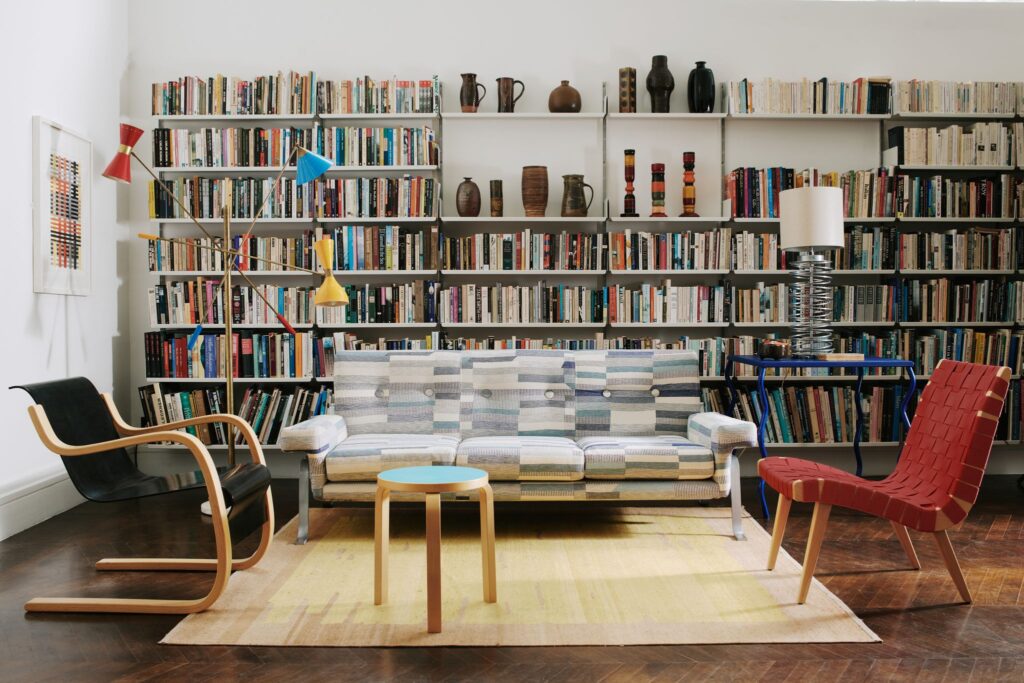
They included iconic designs such as Hanging 1925, created while she was still a student at the Bauhaus, and Black Mountain, created almost ten years later, when she and Josef were living in North Carolina and teaching at Black Mountain College. But also lesser known work, such as a pattern she christened “child rug” that connected the disparate periods of her life and was the inspiration for one of the wallpapers in the collection. “So it’s very eclectic in a way, but very much Anni Albers,” Silver says.
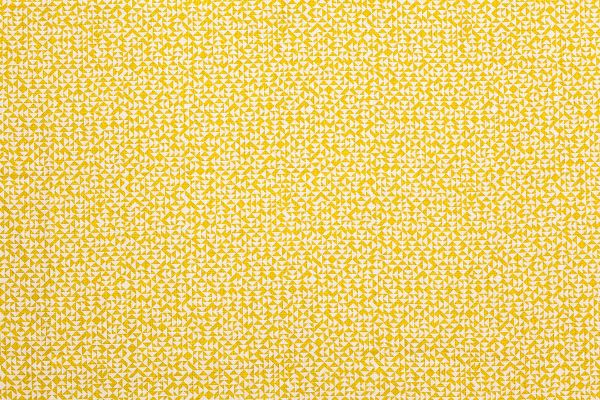
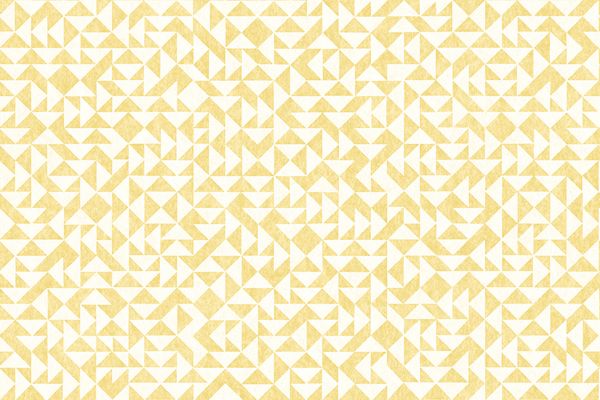
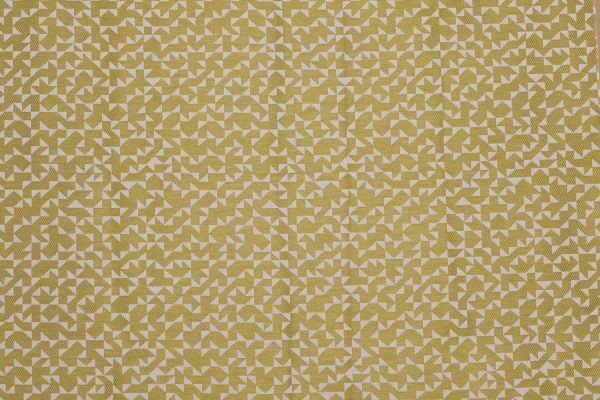

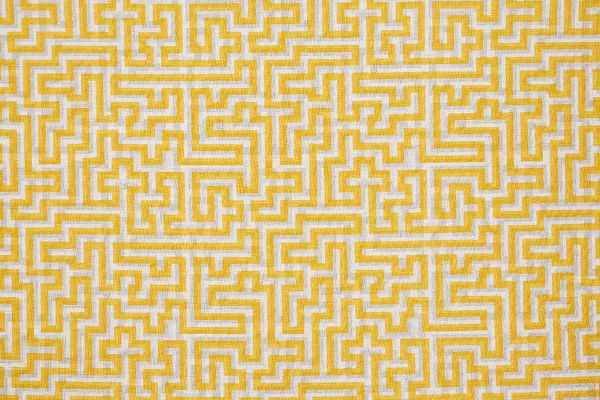
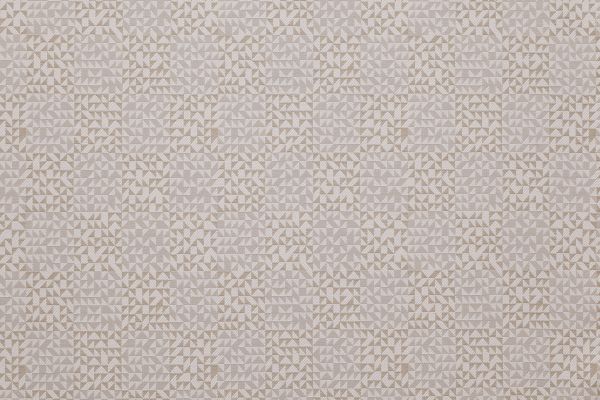
“As one of the most important artists and weavers of the 20th century, it is extraordinary to be part of a collaboration between CLOTH and Anni Albers,” says Thomas Lavin, proprietor of his eponymous showroom, which carries the line in the US. “Her original Bauhaus designs – in original colors – are as modern today as they were over 100 years ago.”
The entire collection can be viewed here or in person at Thomas Lavin in West Hollywood.






